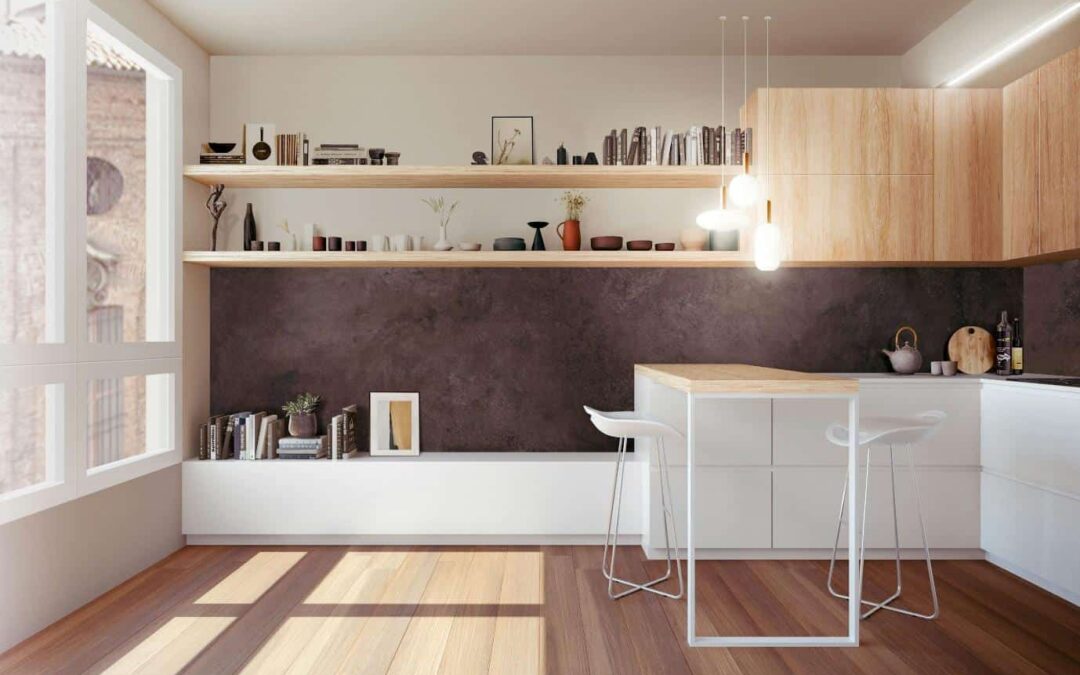Creating a home that is both stylish and functional is no easy feat. As a professional in the home design, architecture, or contracting industry, specifying the right elements is key to balancing aesthetics and practicality. Functional style combines beauty with purpose, ensuring that every design choice not only looks great but serves a distinct role in the everyday lives of the occupants.
This guide explores how to achieve functional style in modern homes, with a focus on selecting the right fixtures and ensuring that every choice contributes to both form and function.
Understanding Functional Style
Functional style is about more than just choosing visually appealing pieces. It’s about selecting elements that enhance the functionality of a space while maintaining an overall cohesive look. Whether designing for a small apartment or a spacious home, the goal is to create spaces where both style and practicality shine.
The key to functional style lies in considering how homeowners interact with a space on a daily basis. Every piece should contribute to the home’s usability, whether it’s saving space, improving comfort, or offering long-term durability.
The Role of Fixtures in Functional Style
Fixtures are a cornerstone of specifying functional style. They not only define the aesthetics of a room but are crucial to how the space functions. For example, door pull handles might seem like small details, but they play a significant role in the overall design and use of a space.
Choosing the right door pull handles can elevate the look of a room while ensuring ease of use. These fixtures come in a variety of materials, such as stainless steel, polished brass, and matte finishes, that match different interior styles. The key is to select handles that are easy to use, especially in high-traffic areas, while enhancing the overall aesthetic.
When specifying fixtures like door handles, it’s important to consider both their style and function. High-quality handles can improve the user experience, making doors easier to open and close, while adding a touch of sophistication to the room.
Material Selection for Durability and Style
Choosing the right materials is another essential aspect of specifying functional style. The materials you select should not only contribute to the overall look of the space but should also be durable and easy to maintain. For instance, materials like solid wood, stainless steel, and brass offer both style and longevity, while ensuring that the fixtures remain functional over time.
While it’s tempting to choose materials based solely on aesthetics, considering the wear and tear on fixtures is critical. In high-moisture areas such as kitchens or bathrooms, selecting rust-resistant materials ensures that the fixtures will continue to perform well without degrading over time.
Maximising Space with Functional Design
Maximising space is particularly important in smaller homes, where every element must serve more than one purpose. Multi-functional furniture, such as foldable tables or built-in storage units, helps make the most of the available space without sacrificing style.
Fixtures like wall-mounted shelves or sliding doors can also help optimise space. These elements are both practical and stylish, offering functional storage solutions while contributing to the room’s aesthetic. Similarly, choosing minimalist furniture and fixtures ensures that the space doesn’t feel overcrowded, allowing for a more open and functional environment.
Creating Cohesion Through Design
A key element of functional style is cohesion. Every part of the design should contribute to a unified whole, where all elements work together seamlessly. Achieving this cohesion means choosing fixtures, furniture, and materials that complement one another, creating a harmonious space.
Rather than selecting mismatched pieces, aim for consistency in finishes, colours, and styles. This doesn’t mean everything has to match exactly, but there should be an underlying theme that ties the space together. For example, a room featuring a mix of wood and metal elements can still feel cohesive if the finishes are complementary and the design choices feel intentional.
The Future of Functional Style
As homeowners become more conscious of sustainability and long-term value, functional style will continue to evolve. Future trends will likely see an even greater emphasis on eco-friendly materials, energy-efficient fixtures, and smart home technology. These innovations will allow professionals to create homes that are not only functional and stylish but also environmentally responsible.
Choosing sustainable materials and fixtures that are built to last will become increasingly important. Selecting fixtures that require less maintenance, are energy-efficient, or are made from recycled materials will ensure that homes are both stylish and environmentally conscious.

Recent Comments